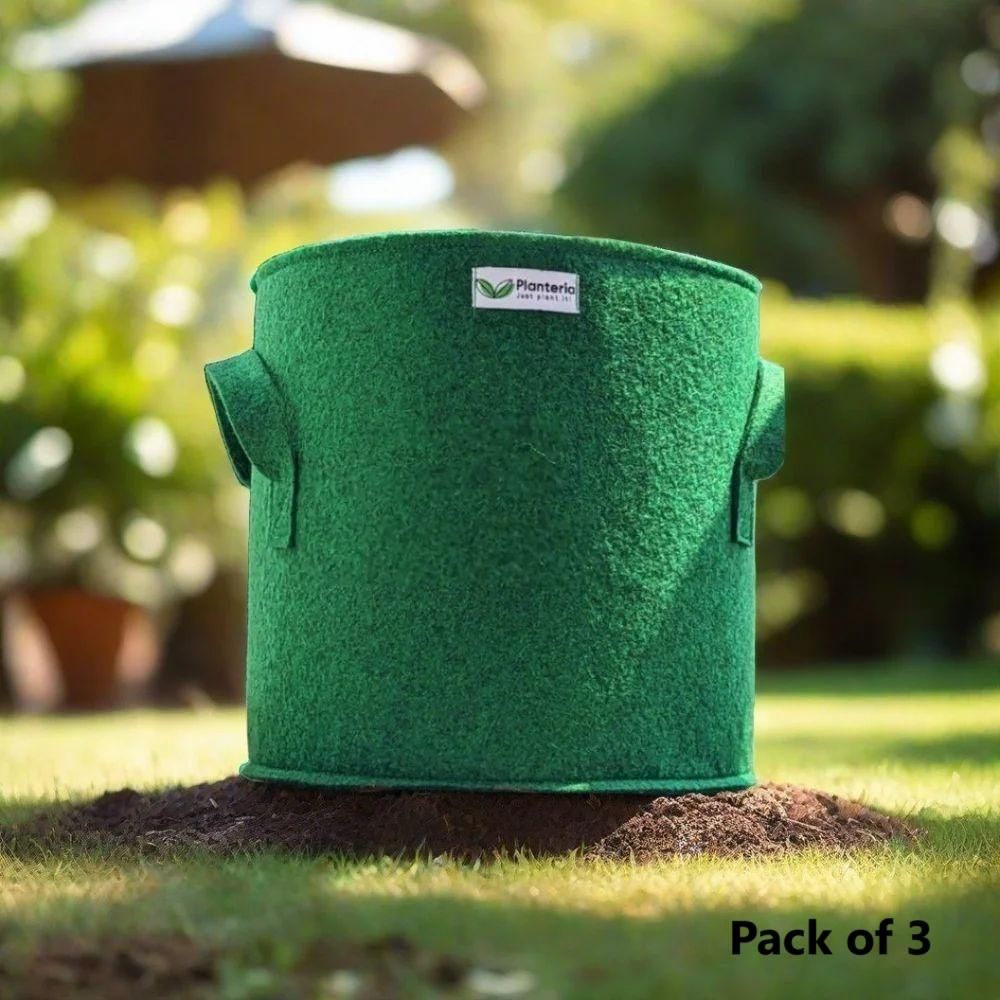
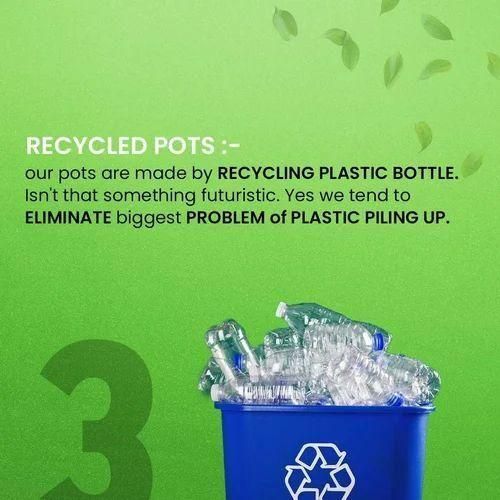
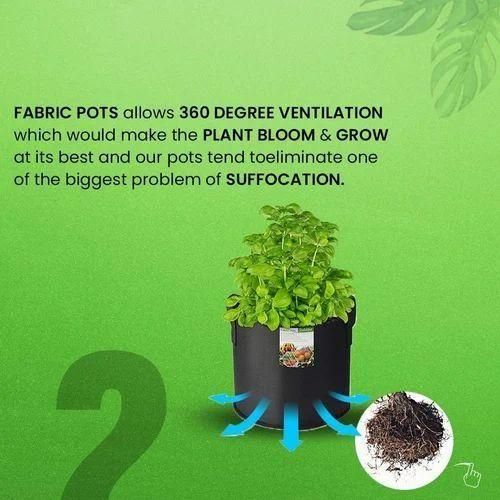
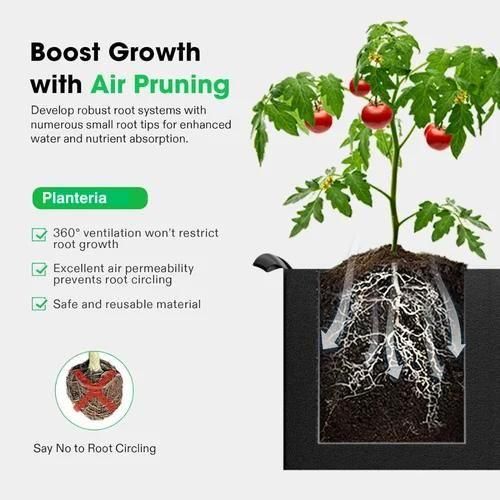
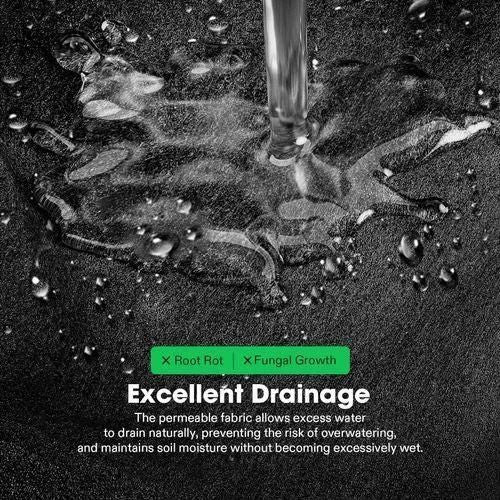
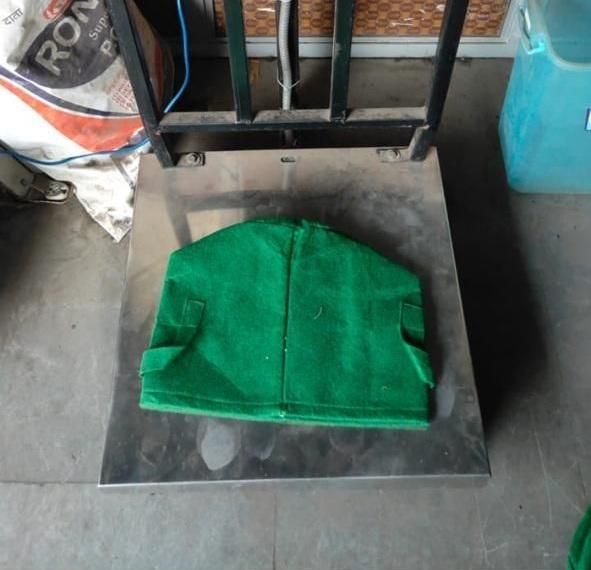
Frequently Asked Questions
Geofabric grow bags require significantly more frequent watering than traditional plastic pots - typically daily watering during hot weather and up to 2-3 times per day during peak summer months.
Why They Dry Out Faster:
The breathable fabric material allows increased evaporation from all sides of the container
Superior drainage means excess water drains quickly, preventing waterlogging but requiring more frequent watering
The porous geotextile fabric promotes air circulation, which accelerates moisture loss
Watering Guidelines:
Hot climates (like Florida Zone 9B): Water at least every morning, sometimes twice daily
Moderate climates: Check soil moisture daily; water when top inch feels dry
Peak summer: May need watering 2-3 times per day for optimal plant health
Helpful Tips:
Use drip saucers underneath bags to create a water reservoir for wicking
Apply mulch on top of soil to reduce evaporation
Install shade cloth (40%) to reduce heat and evaporation
Check soil moisture by inserting finger 1 inch deep - water when dry at that depth
Consider drip irrigation systems for multiple bags
Quality geofabric grow bags typically last 5-7 years with proper care, making them a durable and cost-effective investment for gardeners.
Durability Features:
Made from 400-450 GSM geotextile fabric for superior strength
UV-stabilized material prevents degradation from sun exposure
Thick, non-tearable fabric designed to withstand multiple growing seasons
Washable and reusable - can be cleaned and stored when not in use
Factors Affecting Longevity:
Quality of material: Higher GSM (400-450) fabric lasts longer than thinner materials
UV protection: UV-stabilized bags resist degradation from sunlight exposure
Proper storage: Folding and storing bags during off-season extends their life
Usage conditions: Bags used in harsh weather may wear faster
Maintenance for Maximum Durability:
Clean regularly: Wash bags between growing seasons to remove salt buildup and debris
Proper storage: Fold and store in dry location when not in use
Avoid dragging: Lift bags rather than dragging to prevent fabric damage
Monitor for wear: Replace bags showing significant fabric deterioration
Cost Comparison:
While geofabric grow bags cost more initially than basic plastic pots, their 5-7 year lifespan makes them economical long-term
Premium bags (400+ GSM) are worth the investment for serious gardeners
The durability and reusability factor makes them cost-effective compared to replacing cheap containers annually
Quality Indicators:
Look for 400+ GSM thickness for maximum durability
Ensure UV-stabilized treatment for outdoor use
Choose bags with reinforced handles for easy transport
Select breathable geotextile fabric rather than basic fabric materials










